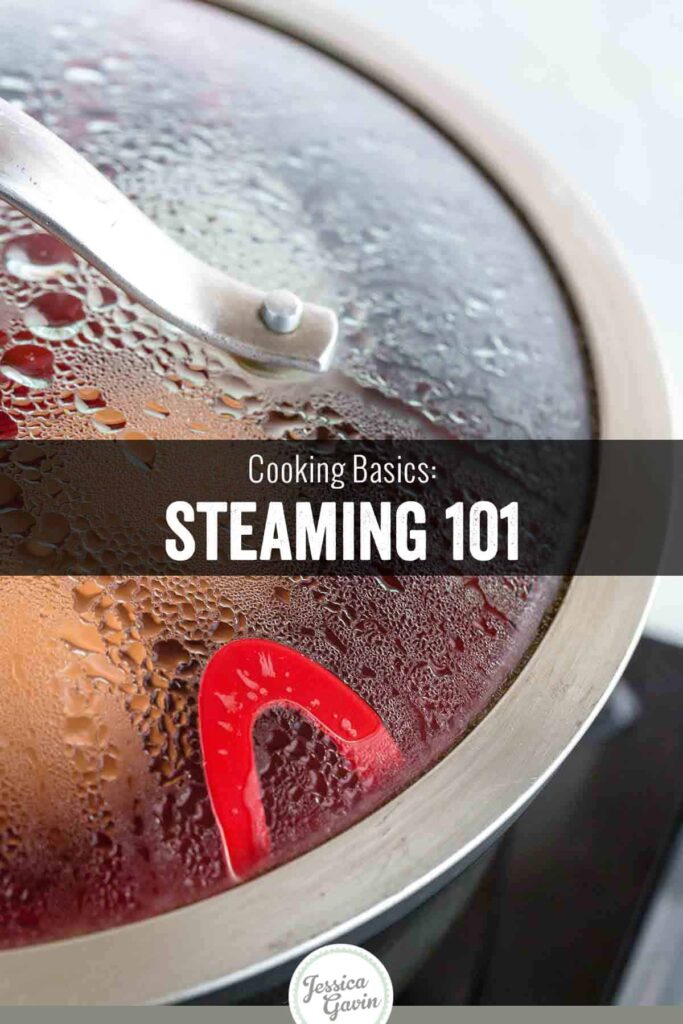Steaming is a centuries-old cooking method that results in tender, moist, and flavorful dishes. It retains the natural flavors, nutrients, and colors of the food without needing oil, making it a healthier option. Best practices for steaming include choosing the right equipment, preparing food properly, using the right amount of water, seasoning food, monitoring cooking time, and letting the food rest after steaming. This gentle cooking process preserves the texture and moisture of the food, resulting in delicious dishes. Steaming can be used for a variety of foods, from vegetables and seafood to dumplings and desserts, making it a fantastic cooking method for creating healthy and tasty meals.
Steaming 101: Discover the Benefits and Best Practices of Steaming Your Food
Introduction
Steaming is a simple and healthy cooking method that has been used for centuries. It involves using steam to cook food, resulting in tender, moist, and flavorful dishes. In this article, we will explore the benefits of steaming, as well as some best practices for steaming your food.
The Benefits of Steaming
Steaming offers several advantages over other cooking methods. One of the biggest benefits is that it helps to retain the natural flavors, nutrients, and colors of the food. Unlike boiling or frying, steaming doesn’t require the use of oil, which makes it a healthier option for cooking. Additionally, steaming is a gentle cooking process that helps to preserve the texture and moisture of the food, resulting in tender and delicious dishes.
Best Practices for Steaming
When it comes to steaming your food, there are a few best practices to keep in mind. Here are some tips and tricks for beginners:
Choose the Right Equipment
There are several types of steaming equipment available, including bamboo steamers, metal steamers, and electric steamers. Choose the one that best suits your needs and the type of food you plan to steam.
Prepare the Food Properly
Cut your food into uniform pieces to ensure even cooking. This will also help to speed up the steaming process and ensure that your food is cooked to perfection.
Use the Right Amount of Water
When steaming your food, be sure to use the appropriate amount of water. Too much water can cause the food to become soggy, while too little water can lead to uneven cooking. Follow the instructions for your steaming equipment to determine the correct amount of water to use.
Season Your Food
Season your food with herbs, spices, and aromatics to add flavor. You can also place a piece of parchment paper or a banana leaf at the bottom of the steamer to infuse the food with additional flavors.
Monitor the Cooking Time
Keep an eye on the cooking time to prevent overcooking. Check the doneness of your food by inserting a fork or toothpick into the thickest part. If it goes in easily, your food is ready.
Let the Food Rest
After steaming, let your food rest for a few minutes before serving. This will allow the flavors to meld together and the excess moisture to evaporate, resulting in a more enjoyable dining experience.
Conclusion
Steaming is a fantastic way to cook a wide variety of foods, from vegetables and seafood to dumplings and desserts. By following these best practices and tips for beginners, you can enjoy the many benefits of steaming and create delicious and healthy dishes for you and your family.
